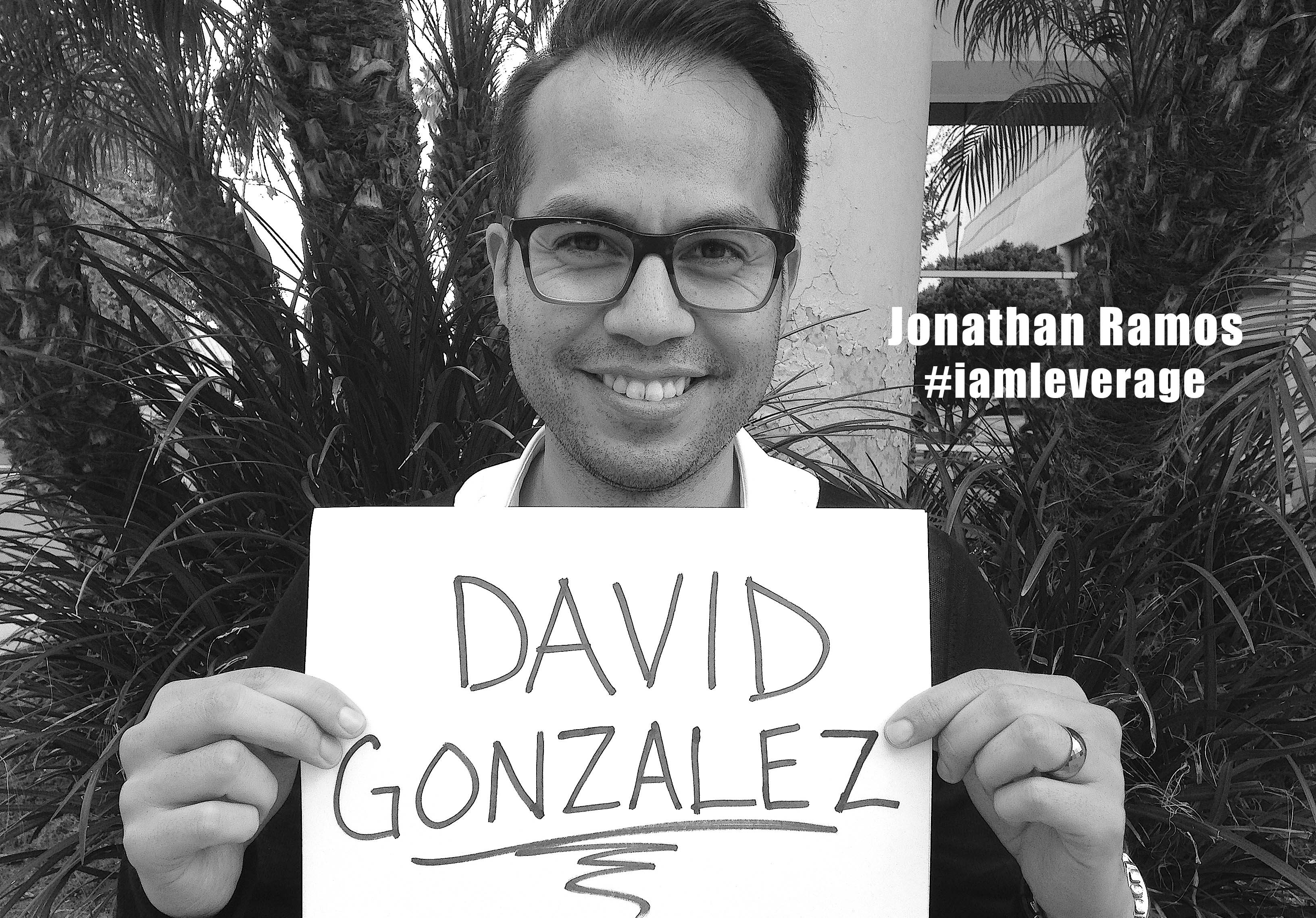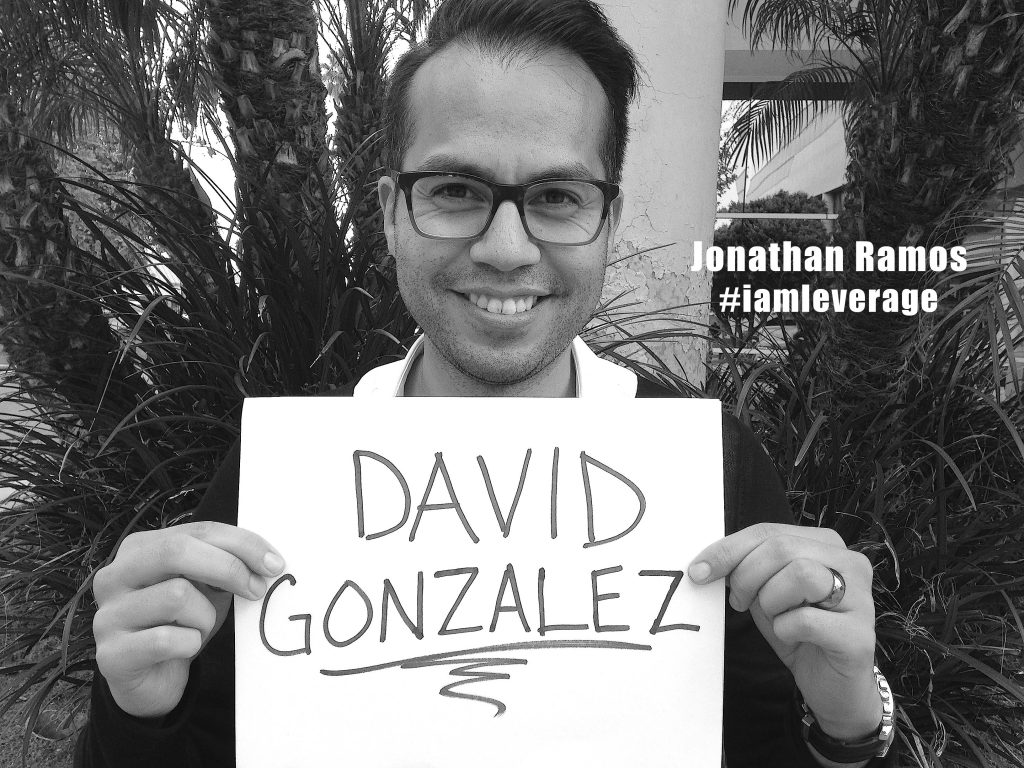
Developing fluency in ASL is a lifelong process. Marlene Elliot encourages sign language interpreters to remain observant, embrace linguistic diversity and practice incorporating what they see.
For interpreters, developing sign language fluency is work that is never done. This is true whether we are native signers or learned later in life. Some second language learners naively think that our Coda colleagues don’t have to work for their skills. My Coda friends have assured me, this is not true. As one friend said, “It’s not like my mother had a degree in engineering. I had to work for this!”
Potentially every situation we enter may have new content. We regularly encounter variations of region, race, gender, and age – as well as variations in residential school and community influence. How do we go about developing our fluency to work with all this variation? And once we have a modicum of comfort how do we sustain our efforts to continue to learn? It’s a process that never ends.
Awareness
It starts with simply noticing. At least, that’s what I’ve found. The old adage that “the best way to learn sign language is to hang around with Deaf people” is still true today. That learning can be available to us every day. It merely requires us to engage and bring awareness to what is in front of us.
What you see may or may not match what you’ve been taught, especially if you’ve had formal education. This is an important point. Often we see what we’ve been taught to see, confirming what we’ve learned. If we want to grow it is most helpful to notice what we see that does not match what we’ve been taught. This is where the greatest potential to develop resides.
As a student many years ago I was taught to see Deaf people as belonging to one class or another –either English or ASL. It was the first thought in my mind when I met any Deaf person. Years of experience have taught me that this is not a helpful mindset.
I remember clearly an early experience where the concept failed me. A Deaf woman, whom I knew fairly well and judged as an ASL user, was in the middle of a long comment when she fingerspelled D-I-D. I thought it was the most English thing she could have done. I was completely thrown off! I was flustered and started signing straight English to her. In my either/or thinking I assumed that everything else I had concluded about her must have been wrong. Looking back on that day I am so embarrassed. I had so little language competence that I didn’t even know D-I-D is simply an emphatic in ASL. Yes, this was a student’s mistake but how many other similar mistakes have I made over the years without knowing it? I’m sure it’s too many to count.
Other things I noticed early on included the large number of sentences Deaf people sign in Subject-Verb-Object (S-V-O) word order. I was taught that ASL does not have S-V-0 word order so I saw every instance of this as an intrusion of English. How wrong that was! In the third edition of Clayton Valli’s book Linguistics of American Sign Language (2000) he states that ASL does have S-V-O sentences with transitive verbs (p. 134). That’s good to know! My noticing that S-V-O sentences were present in Deaf people’s language didn’t mean they weren’t signing ASL. It simply meant that I am less than competent in sign language myself and was depending on research to guide me. My noticing then shifted to learning when and where S-V-O sentences were present in ASL and how they are used. Since it is unlike English, where nearly every sentence follows that strict order, I had a lot of noticing to do.
Later on as I continued to work on my fluency I learned to shift my focus from sentences and began to study discourse. I learned to notice markers and social cues that I had previously overlooked completely. It was like a whole new world opened up. I call this the “new car effect.” As in, if you previously had a Ford but then buy a new Honda, suddenly you notice Hondas all over the place. You may ask yourself, “Where did all these Hondas come from?” In truth, they were there all along. You just didn’t notice them. So it is with language. So much is right in front of us and we don’t even see it unless we intentionally work to notice.
Beyond Labels
I once saw Carol Padden tell a wonderful story about an early research experience. She had passed out a survey to Deaf people asking them what kind of language they used. Among the options to check-off were, American Sign Language, Pidgin Sign English, and Manually Coded English. An elderly man approached Carol in a conundrum. He definitely wanted to participate in this research, elevating sign language and celebrating its status as a language, but he could not endorse any of the labels. American Sign Language seemed to represent the young radicals – that was not him. Pidgin Sign English was a foreign term to him; he couldn’t endorse that. He definitely didn’t want to endorse English. Also, the idea of not participating wasn’t an option either. He looked at Carol and signed, “I SIGN.” Just that, SIGN. In the past, all of these labels for types of sign language did not exist. This man came from a time where sign was just sign.
In some ways the modern labels help, but in some ways they hurt. I have found for myself that I am much better off if I simply accept that what Deaf people do is sign language. If I focus on that and the person in front of me I have a better chance of noticing and a better chance of using what I notice. I try to be with the person in front of me. When we move past thoughts of right or wrong, we are more able to see what is.
It complicates matters that today more hearing people have access to formal ASL instruction, and especially ASL Linguistics courses, than Deaf people do. Today it is not uncommon for sign language interpreters with not much fluency to judge Deaf people as “not ASL enough.” It sometimes seems things have not changed much from the old days when hearing people judged Deaf people by the clarity of their voice. This perpetuates the old dynamic – the hearing people with access to information, power and privilege judge Deaf people. This is another important reason to check our labels and our judgments and assumptions about those labels. Not only is this judging not helpful to the interpreters, it can be truly hurtful to the Deaf community.
If we can accept that each Deaf person is a legitimate variant of sign language just as each speaker of English is a legitimate variant of English then we are much more free to learn from the people we are with. I don’t have to speak English like anyone else; I speak like myself. So it is with the Deaf people. They sign the way they sign and we can learn from that. With each new person we encounter we increase the number of variations we are familiar with. If we notice well, we can constantly increase our repertoire.
Put it in Your File
Somehow I have to keep track of all that I’ve noticed. Once I’ve seen without judgment I need to know if this is just one person’s idiosyncratic language or something that Deaf people, in general or in specific sub-categories, do that I hadn’t noticed before. Your own archive can be either an actual physical file or simply a mental one. Mine is mostly mental. When I keep seeing the same thing repeatedly I can compare it to what’s in my file. Then I can fine-tune my noticing to when and where this new learning can be used.
Use It
Probably the trickiest part of developing greater fluency is using the things I’ve noticed. This requires becoming vulnerable because it naturally means over-using and using in the wrong places an aspect of the language that is new to me. Just as an English speaking child is likely to say “runned” when they mean to say ran, because they have over-generalized the rule of adding –ed to verbs to create past tense, so do I overuse what I’ve learned. It’s part of the process. I can’t get to fluency if I’m not willing to experiment with usage and make some mistakes.
Fortunately, sign language makes this easier on us since it is a natural feature of the language to share linguistic space. We all know that we have to “get on the same page” with other signers. What we often sign as MATCH, the two hands of the sign moving back and forth before coming together, is an important skill that cannot be learned from a book. It comes from experience. When we are on the same page with someone we can take what they give us – specific vocabulary, a style, spatial referents, etc. – and use it ourselves, adapting to the specific conversation. Taking specifics from another person in a signed conversation and building upon them is part of sharing the language. You may feel your signing is even changed by taking on characteristics of the other person. That’s good! This is the way we experiment, expand, and broaden our repertoire, by sharing language with Deaf people.
Understand the Limits
If we use academic resources to inform our growth it is crucial that we both keep up and understand their limited usefulness. The research process in any field means that people are developing hypotheses, testing those hypotheses, then reporting and interpreting their results. Some research affirms prior findings. Some advances prior findings. Some contradicts previous research and calls those former findings into question.
It is also helpful to understand the entire framework of the field of linguistics and the strong divisions within it. Robin Tolmach Lakoff wrote a brilliant summary of the framework and tensions within the field in the introduction to her book The Language War.
Understanding the framework of research and the academic world increases my competence because it frees me from trying to hold real live people to a hypothetical academic construct. Now when I have to choose between believing the research and believing my eyes, I trust what I see and the Deaf people who live the language every day.
Trust Your Eyes
In a previous article, Sign Language Interpreters and the Quest for Cultural Competence, I talked about using our eyes and our noticing skills to improve our cultural competence. So too improving our sign language competence is always available to us. We can learn by this process – bringing awareness, dropping our labels and instead being with people, making mental note of what we see, watching over time what else we notice, and experimenting with using our new understandings to fine tune our usage. Of course, this is not a linear process. We can engage any part of it at any time. It can be happening any time we spend with Deaf people as long as we stay aware. It is always available.
All we need to do is bring our awareness to begin.





